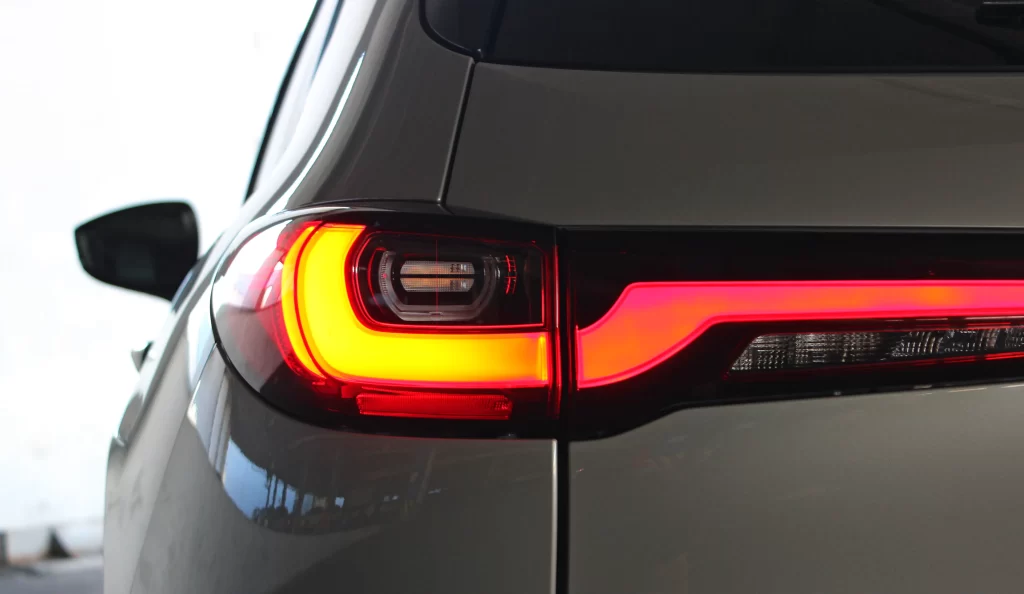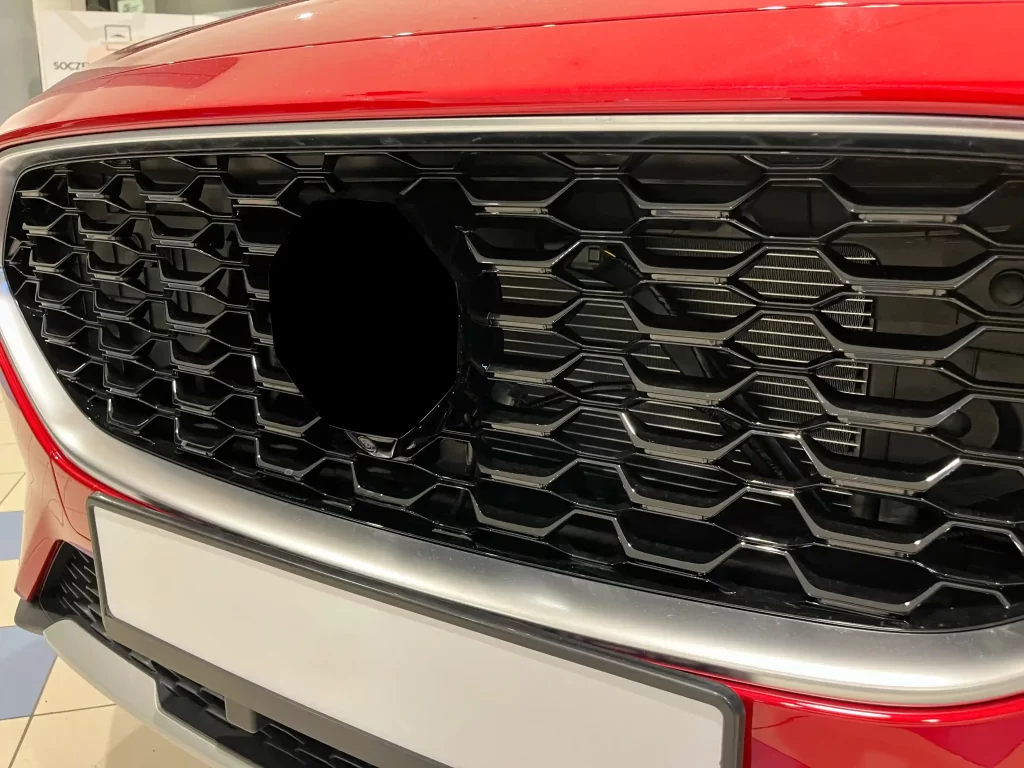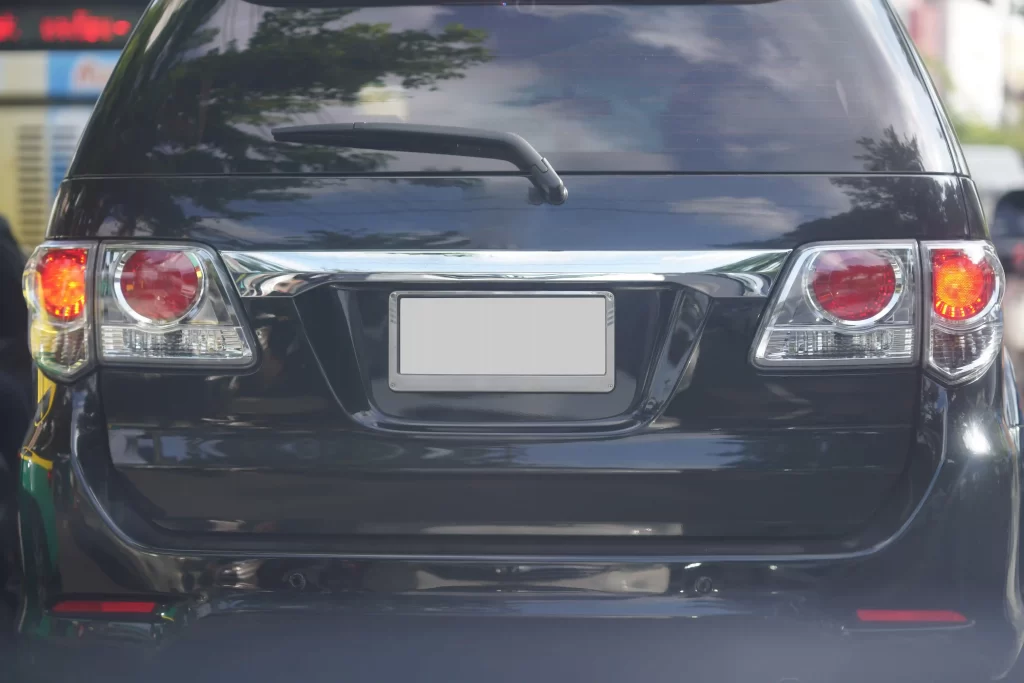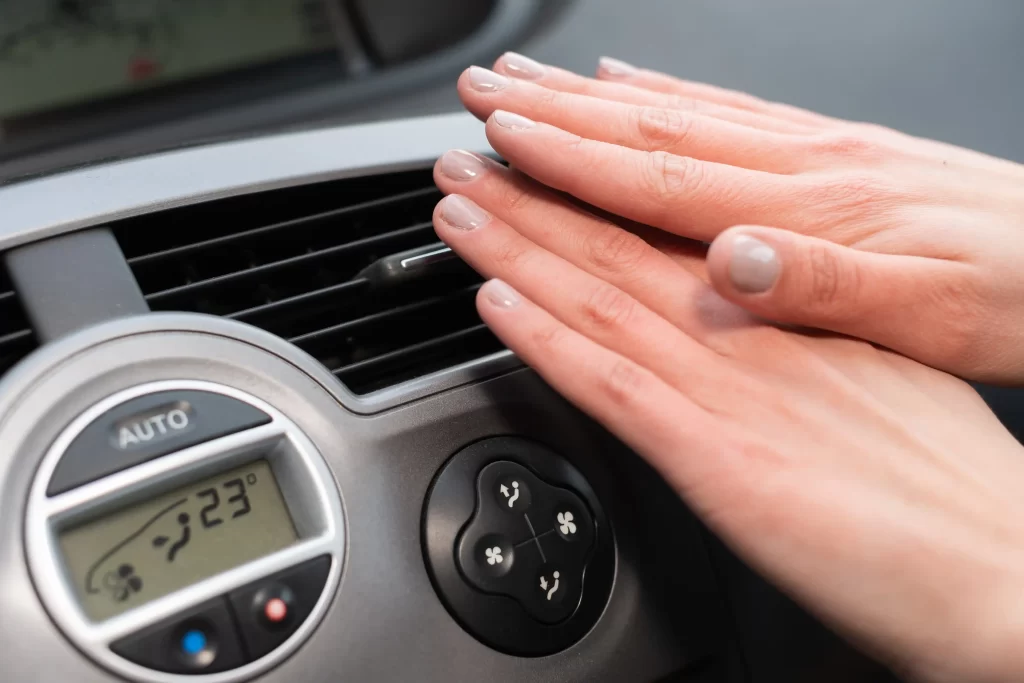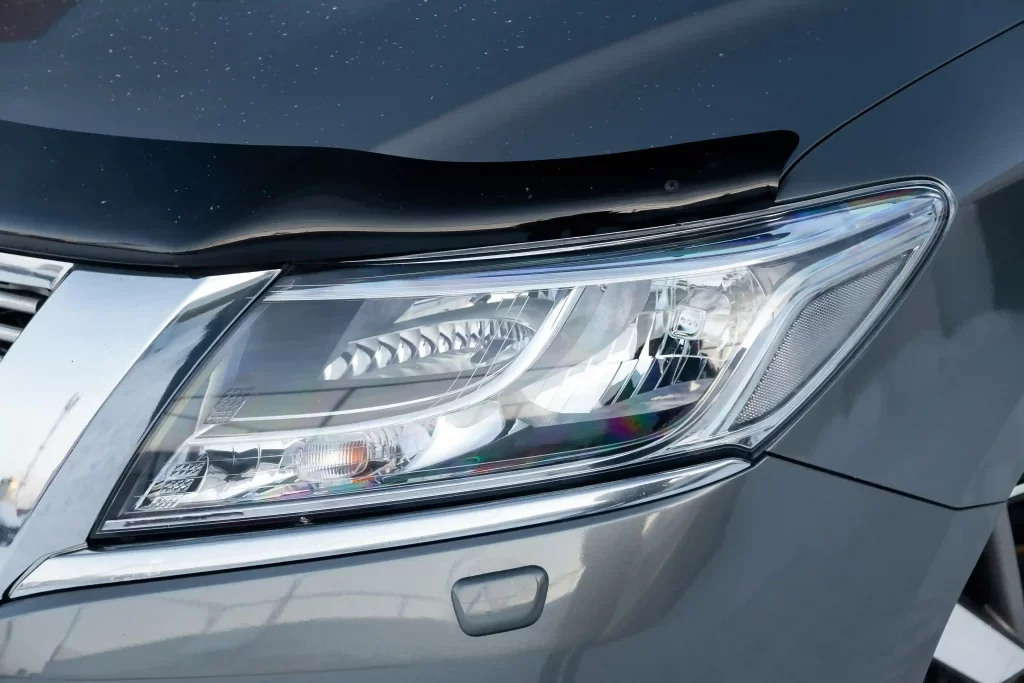The head lamp of modern automobile design is far more than a simple source of illumination; it has evolved into a multifunctional component that embodies safety, style, and technological sophistication. Beyond its primary role of lighting the road ahead during nighttime or low-visibility conditions, a modern head lamp contributes significantly to the overall aesthetics of a vehicle, making it a critical element in automotive styling. Engineers now integrate advanced optics, durable materials, and intelligent technologies such as adaptive beam patterns, LED arrays, and even laser lights to optimize visibility and enhance the driving experience. From budget-friendly passenger cars to commercial buses and luxury vehicles, head lamps are designed with precision to ensure maximum performance and safety. Their seamless integration with the vehicle’s body lines and front-end design also makes them key determinants of brand identity, visual appeal, and technological innovation. Modern head lamps have, therefore, become indispensable components that balance functionality, safety, and style in today’s automotive landscape.
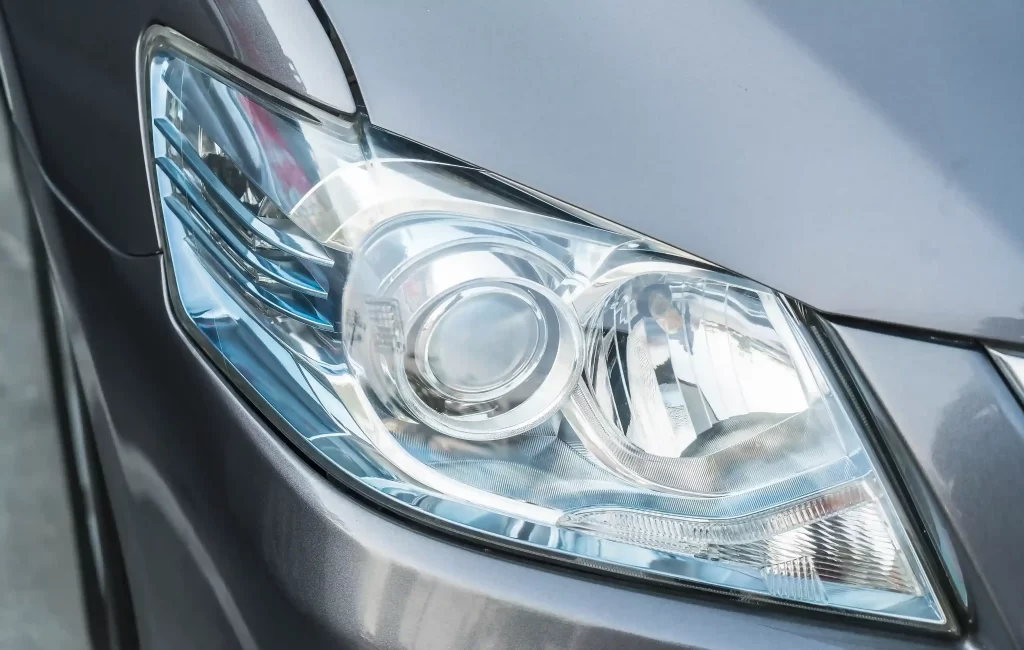
The Evolution of the Head Lamp
The head lamp evolution illustrates the revolutionary headway of vehicle lighting. Each technological advance has been geared towards improved visibility, reliability, and safety and incorporating new appearances. Conceding that evolution shows today’s head lamps are so advanced and that they form an essential part for drivers and cars under all road conditions.
Historical Progression
Headlamps early on utilized acetylene gas or oil as fuel, producing little light and requiring individual lighting and ongoing adjustment. These early mechanisms only cast a poor, irregular beam of light, and nighttime driving was very hazardous. The introduction of electricity revolutionized this by creating sealed-beam lamps that were brighter, with a more consistent light source, and simpler to use. And then came the halogen lamps, brighter and more energy-efficient light, followed by HID and LED systems that further developed the technology with even greater brilliance, longer lifespan, and less power consumption. At each turn, the modern head lamp has found its optimal balance of performance, dependability, and energy efficiency.
Safety-Driven Advancements
Modern head lamps are safety-oriented with technologies that automatically adapt to changing road situations. Adaptive beam control, for instance, directs the light pattern to prevent glare on approaching traffic while maximizing road visibility. Corner lights illuminate sharp turns, maximizing turn visibility, and rain-repellent coatings provide clear visibility in rain, fog, or snow. These safety-oriented developments have drivers perceived in their best light at all times, reducing or eliminating the risk of accidents and converting or head lamps into an active participant in highway safety instead of a passive device.
Design and Aesthetic Integration
Performance aside, head lamps have also become design elements that are integrated into the overall look of a car. Contemporary designs involve slim, aerodynamic profiles, daytime running lights incorporated into the design, and sequential turn signals offering illumination as well as style. The integration of lighting technology and design makes head lamps able to give a vehicle’s look an upgrade, in addition to being able to convey advanced technology to viewers. The combination is used to demonstrate that safety and aesthetics can be combined so well such that head lamps are both functional and attractive.
Material and Structural Innovations in Head Lamps
The choice of materials and the structure define the performance and life expectancy of a head lamp. Contemporary vehicles depend on head lamps that are engineered to withstand severe environmental conditions and offer long-lasting dependability in the form of optical clarity.
Polycarbonate Lenses
High-quality head lamps use polycarbonate lenses, which are resistant to impact, scratches, and ultraviolet light. Glass lenses will yellow or break after decades of service, but not polycarbonate, since it will maintain its form and functionality even when continuously exposed to direct sunlight, extreme heat, or freezing cold. This is to say that the head lamp will always maintain its same level of brightness and safety features throughout the duration of its service, even in areas with harsh environmental conditions.
Precision Optics
The contemporary head lamp uses better optical technology, complemented by projector systems and reflectors to focus and direct light to exact precision. Projector lenses focus the beam into a white, consistent pattern, avoiding glare for oncoming traffic, while reflectors give even road illumination. Such harmonization enhances sight and safety even in poor light or challenging road conditions. The accuracy optics further improve the driving experience by providing improved extension of perception of pedestrians, road signs, and obstacles.
Sealed and Weatherproof Housing
Seal and sturdy housing are essential to head lamp longevity. Modern designs include gaskets, ventilation, and weather-sealing compounds that exclude dust, dirt, and water from the head lamp assembly. Weather sealing ensures fog-free performance and consistent service in varied conditions, ranging from rain to dry, dusty off-road conditions. By being internally clean and structurally strong, head lamps deliver dependable light and long-lasting performance.
Smart Technologies in Modern Head Lamps
Head lamps have evolved from being simple sources of light to smart technologies with the advancement of technology for improving driver comfort and safety.
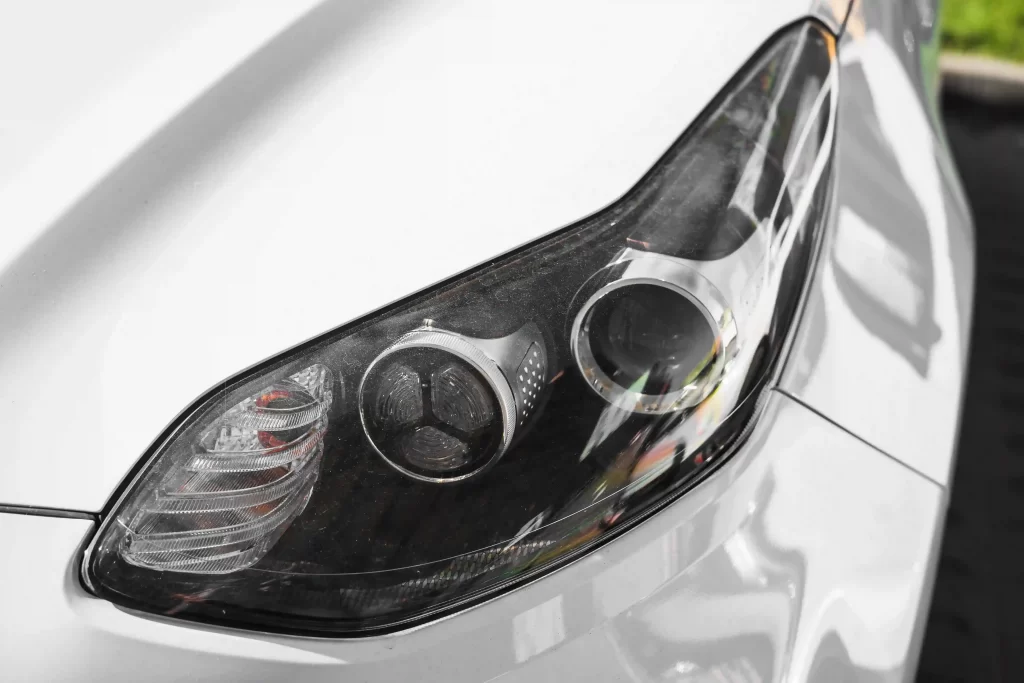
LED and Laser Illumination
LED head lamps produce white, effective light with much less energy than traditional bulbs. They have longer life cycles, offering drivers a consistent light without having to be replaced often. Laser light, while less common, emits intensely strong beams covering longer distances and provides better visibility at interstate speeds. Both laser and LED technology make night driving more efficient and enable the driver to react in time to hazards or road conditions, providing safer and more secure complete travel.
Adaptive and Sensor-Based Systems
Modern headlamps have sensors that control light intensity based on vehicle speed, direction of steering, and surrounding traffic. Adaptive beam systems change from high to low beams automatically, track road curves, and respond to oncoming traffic to eliminate glare. Such systems reduce driver fatigue, provide optimal road illumination at all times, and provide additional safety through the offer of consistent visibility irrespective of scenario or driving condition.
Enhanced Visibility Features
Daytime Running Lights (DRLs) improve daytime vehicle visibility, reducing crashes in low-contrast situations such as tunnels or morning fog. Sequential Turn Indicators contribute to sign legibility, allowing other drivers to anticipate vehicle movement better beforehand. These advanced visibility features marry functional safety elements with modern design, combining form and function in the motorcar.
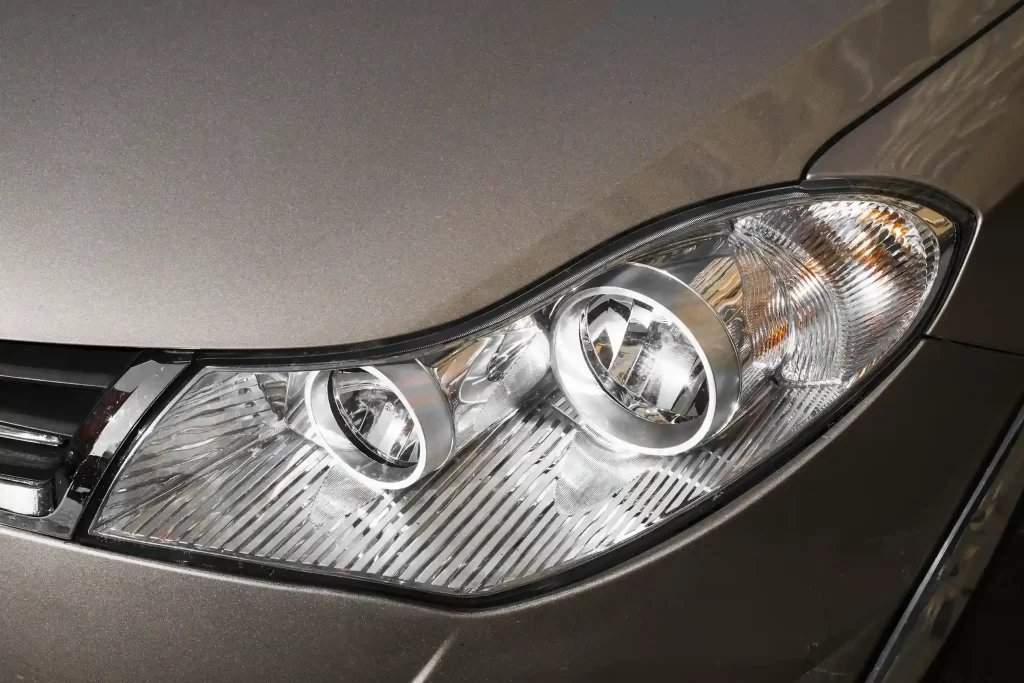
Customization and Versatility of Head Lamps
Modern head lamps are highly versatile, providing performance, looks, and vehicle-tuning functionality.
Vehicle Compatibility
Head lamps are made to install on most passenger vehicles, trucks, and commercial fleets. The universal application strategy permits simple OEM and aftermarket installations, reduces the level of installation complexity, and avoids compatibility issues. Fleet managers and drivers have regular performance with a variety of vehicle types.
Adjustable Beam and Color Options
Beam pattern and color temperatures of light are also user customizable. There is the possibility of whiter, cooler beams delivering better definition during night driving or warmer colors for that high-end, sophisticated look. Beam patterns that are adjustable add light in specific conditions of driving, such as urban or rural road use, to offer the best light possible for seeing under the environment of the driver and personal preference.
Plug-and-Play Installation
Advanced head lamps today come with convenient plug-and-play wire connections and CANbus compatibility, which make installation easy and reduce technical issues. Plug-and-play and CANbus compatibilities enable drivers or technicians to just replace head lamps in a short time frame without rewiring, reducing time and errors. Convenience through easy installation promotes increased convenience without affecting the reliability of the lighting system.
Practical Applications of Advanced Head Lamps
There are luxury head lamps beyond automobiles, and they are essential in commercial, industrial, and specialty applications.
Heavy-Duty Vehicle Performance
Buses, trucks, and off-road trucks possess head lamps that must be able to resist vibration, harsh weather, and intensive use. Heavy-duty lenses, beam spread design, and housings of solid build ensure these vehicles are seen and safe in strict conditions, generating efficient and effective operations.
Fleet Efficiency and Image
Commercial fleets are equipped with high-performance head lamps that are more efficient in energy, involve lower maintenance, and possess a professional visual image. An improved and more steady beam increases road safety and communicates corporate identity, proof of an investment in cutting-edge technology and reliability.
Agricultural and Specialty Vehicle Requirements
Farm vehicles and special-purpose cars require dirt-, water-, and vibration-proof head lamps with wide light for work at night. Farm laborers, building laborers, and everybody working away from settled or better-lit areas require such a system so they are able to perform as well as stay safe where they travel.
Conclusion
The head lamp is now an advanced system supporting safety, beauty, and high-tech technology. Optics, material, adaptive lighting, and personalization advancements ensure optimum performance in many cars and situations. Modern head lamps provide enhanced visibility, faster reaction, and fewer driver issues with more efficient vision support while adding to the overall shape and personality of the vehicle. From cars to fleets and specialty vehicles, head lamps are essential for safe, efficient, and visually appealing operation, validating their value in today’s car and industrial society. Welcome to visit us at Mercedes-Benz BMW Headlight, tail light mill, body kit OEM&ODM factory manufacturer to learn more details.

